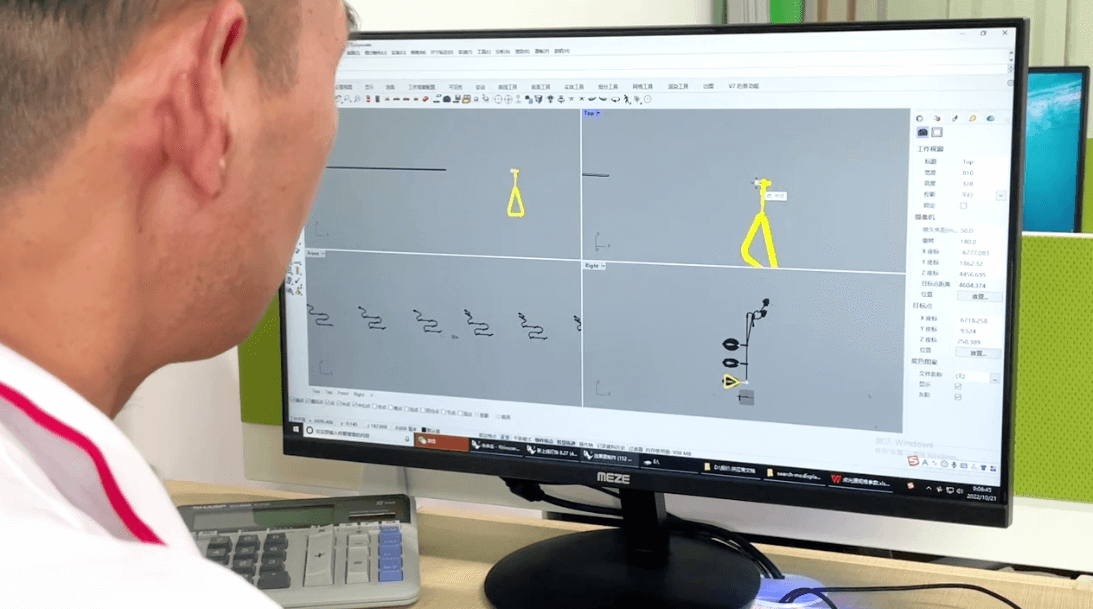High Quality OEM/ODM LED Strip Manufacturer
High Quality OEM/ODM LED Strip Manufacturer
March 15, 2023 603
LED strip lighting has revolutionized the way we illuminate spaces, offering flexibility, efficiency, and aesthetic appeal. At ZBL Lighting, understanding the core design principles behind LED strip lights is crucial to delivering high-quality, reliable, and innovative lighting solutions. This article delves into the key design principles that guide the creation of LED strip lights, focusing on factors that influence performance, durability, and user experience.

One of the most important design principles in LED strip lighting is maximizing energy efficiency while minimizing power consumption. LED technology is inherently energy-efficient, converting a significant portion of electrical energy into light rather than heat. However, achieving optimal efficiency requires careful selection of high-quality LEDs and drivers, which regulate the amount of power supplied to the LEDs, ensuring consistent brightness with minimal energy waste.
The brightness of LED strip lights is measured in lumens per meter (lm/m), which indicates how much light is emitted over a certain length of the strip. Designing for the right lumen output involves balancing the number of LEDs per meter and their individual brightness. This balance is critical in ensuring that the strip light meets the specific lighting requirements of different environments, whether it's for ambient, task, or accent lighting.
Color temperature, measured in Kelvins (K), determines the hue of the light emitted by the LED strip, ranging from warm whites to cool blues. The color rendering index (CRI) measures the ability of the light source to accurately reproduce colors in comparison to natural light. High CRI values are essential for applications where color accuracy is critical, such as in retail displays or residential settings. Therefore, selecting the appropriate color temperature and ensuring a high CRI are fundamental to the design of LED strip lights.
LED strip lights are valued for their flexibility, allowing them to be bent, cut, and shaped to fit a wide range of applications. This flexibility is achieved through the design of the strip’s PCB (Printed Circuit Board) and the quality of materials used. Durability is another critical aspect, particularly for strips used in outdoor or harsh environments. The use of waterproof coatings, UV-resistant materials, and robust connectors ensures that LED strip lights can withstand various environmental stresses while maintaining performance.
Effective heat dissipation is a key design challenge in LED strip lighting. Excessive heat can reduce the lifespan of LEDs and cause brightness to diminish over time. To address this, LED strip lights are designed with materials and structures that facilitate heat dissipation, such as aluminum substrates and thermal management components. Proper heat management extends the life of the LEDs and maintains consistent performance.
Modern LED strip lights often incorporate smart control features, allowing users to adjust brightness, color, and effects through remote controls or smartphone apps. Ensuring compatibility with various control systems, such as DMX, DALI, or Zigbee, is essential for seamless integration into smart home systems or commercial lighting setups. The design process must consider these compatibility requirements to offer versatile and user-friendly lighting solutions.
The aesthetic appeal of LED strip lights is a key consideration in their design. This includes the physical appearance of the strip, the quality of light diffusion, and the ability to integrate seamlessly into architectural elements. Designers often focus on minimizing the visibility of individual LEDs to create a smooth, continuous light effect. The design must also allow for easy installation, with features such as adhesive backing, mounting clips, or channels to ensure the strips can be applied in a variety of settings with minimal effort.

At ZBL Lighting, the design of LED strip lights is guided by a commitment to efficiency, flexibility, and innovation. By adhering to these key design principles, we ensure that our LED strip lights not only meet but exceed the expectations of our customers, delivering superior lighting solutions for a wide range of applications. Whether for residential, commercial, or industrial use, the careful consideration of these principles results in products that are not only visually appealing but also reliable and efficient.
Need professional help? Contact our team for expert support and personalized solutions. We’re here to assist you. Contact Us
We respond to all inquiries within 12 hours. Contact us now!
